Physics
Sign up for our newsletter
We summarize the week's scientific breakthroughs every Thursday.
-
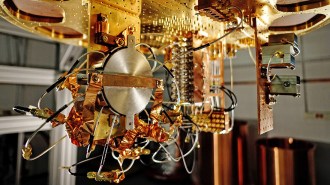 Quantum Physics
Quantum PhysicsRumors hint that Google has accomplished quantum supremacy
Reports suggest a quantum computer has bested standard computers on one type of calculation, but practical applications are still a distant goal.
-
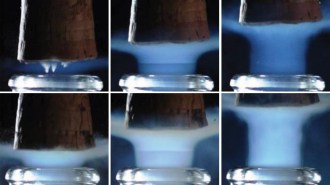 Physics
PhysicsCO2 from champagne bottles can form shock waves like those seen in rocket exhaust
Popping a bottle of bubbly releases a plume of dry ice that bears a visible type of shock wave called a Mach disk.
-
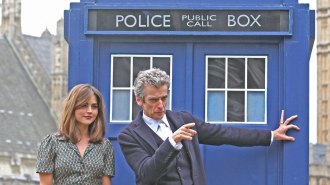 Physics
PhysicsCan time travel survive a theory of everything?
It’s not yet clear whether a theory that unites general relativity and quantum mechanics would permit time travel.
-
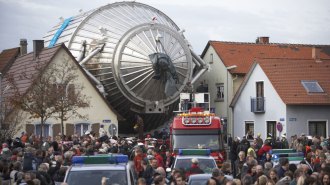 Physics
PhysicsA new experiment slashes the maximum possible mass of tiny neutrinos
The KATRIN experiment suggests that the tiny subatomic particles have masses a minuscule fraction of an electron’s.
-
 Astronomy
AstronomyHow an astrophysicist chased a star from the Halo games to real life
Julián Alvarado Gómez has devoted his career to a star called Iota Horologii. His former life as a Halo video gamer helps fuel that devotion.
-
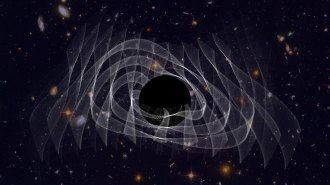 Physics
PhysicsGravitational waves from a ringing black hole support the no-hair theorem
A new study of gravitational waves from merging black holes agrees with the predictions of the general theory of relativity.
-
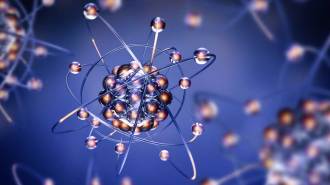 Physics
PhysicsPhysicists may be a step closer to solving the mystery of proton size
Multiple measurements now agree that the proton is smaller than previously thought.
-
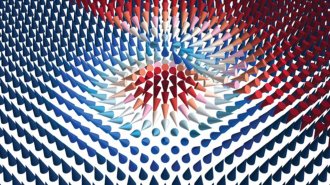 Physics
PhysicsA new magnetic swirl, or skyrmion, could upgrade data storage
Magnetic whorls in a new type of material could be easier to control than their predecessors.
-
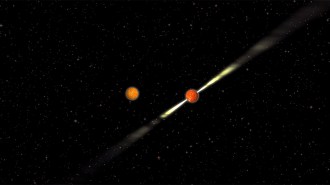 Space
SpaceEinstein’s general relativity reveals new features of a pulsar
Measurements that rely on the physicist’s theory of gravity are letting astronomers view a pulsar in ‘a whole new way.’
-
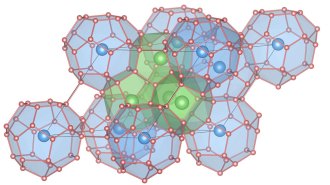 Physics
PhysicsA predicted superconductor might work at a record-breaking 200° Celsius
A material made of hydrogen, lithium and magnesium and squeezed to high pressures may be a superconductor even at especially high temperatures.
-
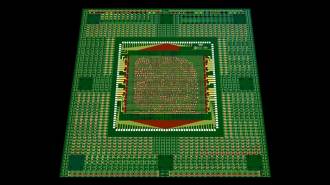 Tech
TechA chip made with carbon nanotubes, not silicon, marks a computing milestone
Silicon’s reign in cutting-edge electronics may soon over. The carbon nanotube could be its successor.
-
 Chemistry
ChemistryPlant-based fire retardants may offer a less toxic way to tame flames
Flame retardants created from plant materials could be less harmful to the environment than traditional flame-smothering chemicals.